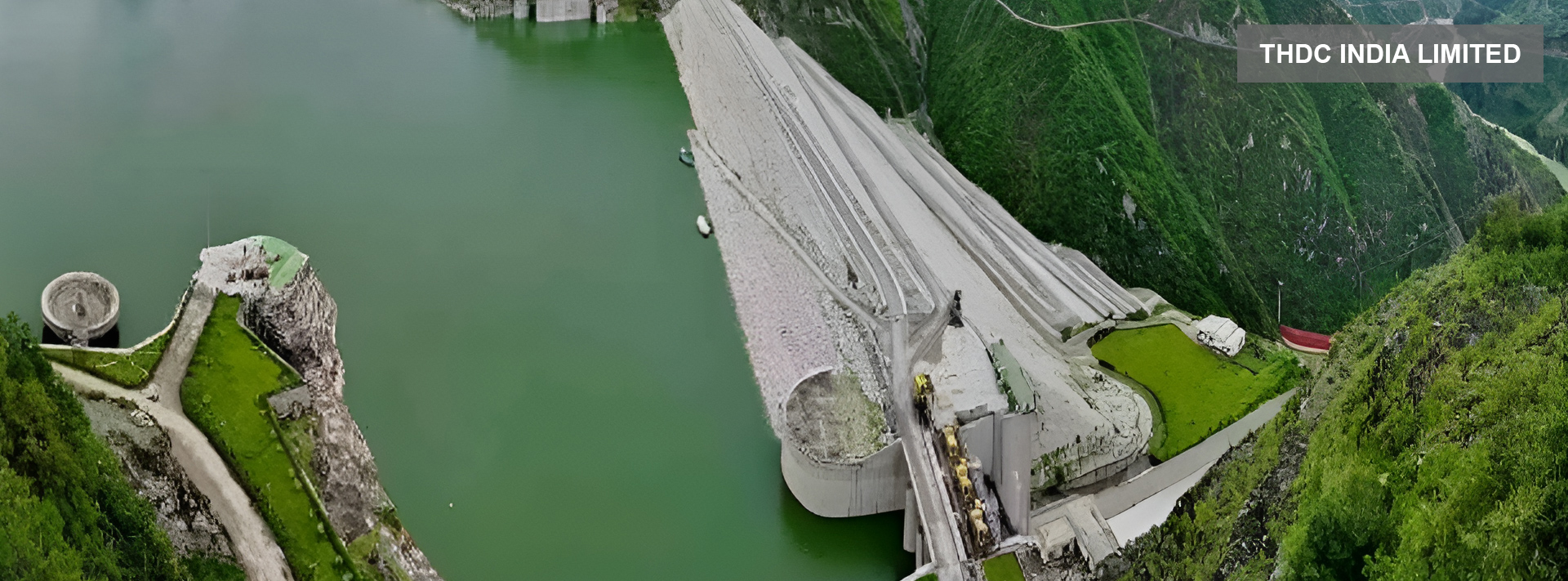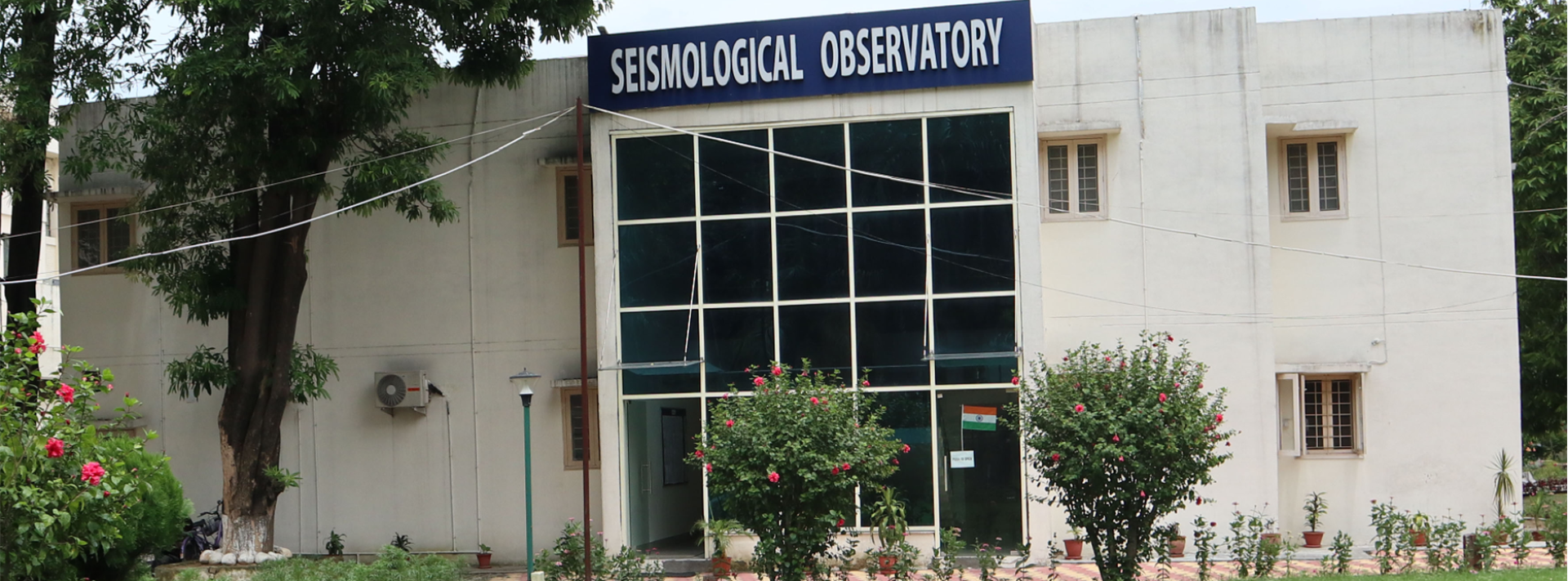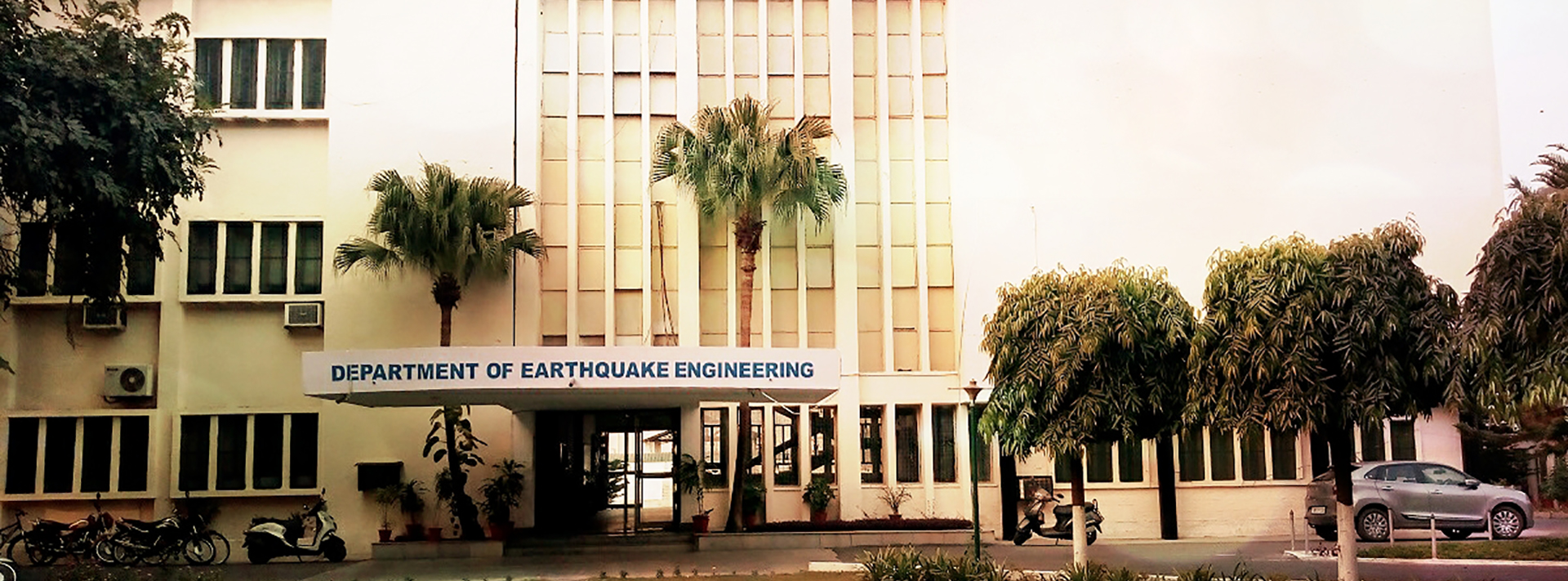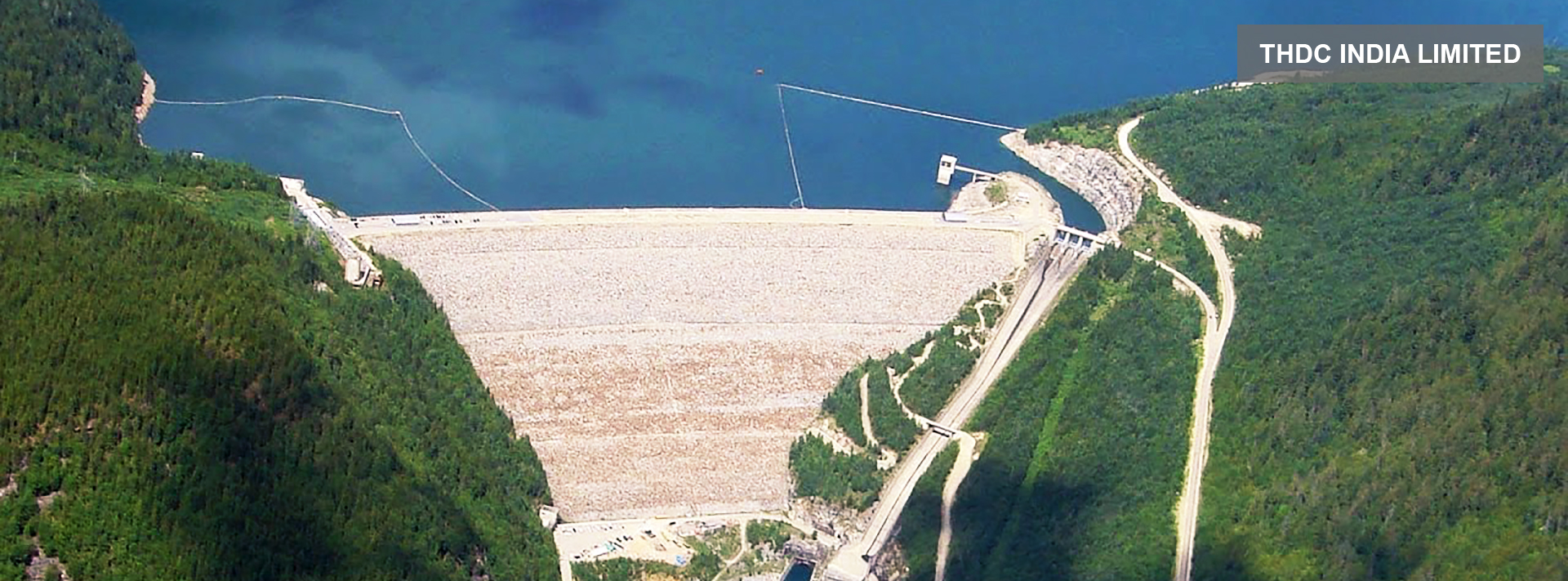



Strong Motion instrumentation of dam body is of paramount. Strong Motion instrumentation yields response of the structure and its behaviour during an earthquake. A strong motion instruments network is being operated in Tehri dam, free field and its Power House and Koteshwar dam by THDC. Department of Earthquake Engineering (DEQ), Indian Institute of Technology Roorkee (IITR), is providing guidance as Memorandum Of Understanding (MOU) between the DEQ, IITR and THDC India.
A radio-linked local seismological network around Tehri dam was deployed by the Department of Earthquake Engineering, Indian Institute of Technology Roorkee in July 1995 for the purpose of monitoring local seismicity of the region. Since then the network is continuously operating and recording the local earthquakes in the region. First expansion and upgradation of the network from 6 stations to 12 stations was done in Nov.- Dec. 2007.
In which all the equipment were replaced by the state-of-the-art 24-bits digital telemetry equipment. The second expansion and upgradation of the network from 12 stations to 18 stations has been made recently in July - August 2019. Presently, 18-station seismological network is under operation around Tehri dam reservoir. The locations of stations of the network are selected in such a way that they encompass the area of dam reservoir as well as the active seismic source zones in the region. Analysis and interpretation of local seismological data collected so far has provided valuable information regarding the seismological conditions prevailing in the region around Tehri dam prior, during and after reservoir impounding.
The study of long-term seismological data collected through the operation of local seismological network enable detecting and studying the seismicity changes if any associated with the reservoir impounding for the larger area.
Tehri dam with a height of 260.5 m is the fifth tallest dam in the world. It is located in the Garhwal Kumaon Himalaya of Uttarakhand state of India. It is built down on confluence of Bhagirathi River and Bhilangana River. It is of paramount importance to study the behaviour of dam body during occurrence of earthquake, if it occurs. This can be achieved by deploying the strong motion instrumentation network inside the dam body.
Records of such strong motion instruments installed inside Tehri dam during earthquake will be required for two important purposes:
To calibrate the analytical tools which were used during design phase for seismic analysis of dam. These records are the only way to get the feedback on actual earthquake response of the dam and compare the same as predicted by analytical model. These records will give estimate on deterioration of material properties of dam using system identification and will useful to estimate response of dam during future earthquakes.
These records can also be used to guide the search for possible damages in the dam during an earthquake. Therefore, a strong motion instruments network has been in Tehri dam, Koteshwar dam, Tehri dam power house and free field (near power house) by the THDC India Ltd and operated by DEQ, IITR and is providing guidance within a framework of MOU between DEQ, IITR and THDC India Ltd. All the above instrumentation are connected to Roorkee through BSNL broadband connection for online accessibility of data for speedy and immediate analysis in case of occurrence of any earthquake.
The Seismological Network in Uttarakhand is a vital infrastructure aimed at monitoring and studying seismic activities in the region. Uttarakhand, nestled in the Himalayan foothills, is a seismically active zone prone to earthquakes due to its geological structure and tectonic activities.
The seismological network comprises a system of seismic monitoring stations strategically placed across Uttarakhand. These stations are equipped with seismometers and other specialized instruments capable of detecting even minor seismic movements. The data collected from these stations is analyzed by seismologists to understand the patterns of seismicity, assess earthquake hazards, and provide early warnings to mitigate potential risks.
Map showing location of twenty seismic stations (9 VSAT, 9RF telemetry & 2 standalone) of Seismological network around Tehri region along with the locations of two CRSs. Tectonics after Fuchs and Sinha (1978) and GSI (2000).
November 29th , 2024 Tehri EQ
An earthquake of 3.0 magnitude has been occurred in Tehri. The location of this earthquake falls about 36 Km W from Tehri dam. This earthquake has been located through Seismological network stations. Following are the parameter of earthquake obtained by preliminary analysis of our network station’s data recorded online at CRS, Roorkee.
Following are the parameter of earthquake obtained by preliminary analysis of 18 station’s data recorded online at CRS, Roorkee.
Earthquake Parameter |
|
|---|---|
Date: 29.11.2024 |
Origin Time: 16:01:53.6 IST (10:31:53.6 UTC) |
Location: 30.450 ْN 78.111 ْE |
Focal depth: 24.7 km |
Magnitude: 3.0 |
Distance from Tehri dam: 36 km |
December 17th , 2023 Tehri EQ
An earthquake of 3.0 magnitude has been occurred in Tehri Region. The location of this earthquake falls about 18 Km S from Tehri dam and about 05 Km S from Koteshwar dam. This earthquake has been located through Seismological network stations.
Following are the parameter of earthquake obtained by preliminary analysis of 18 station’s data recorded online at CRS, Roorkee.
Earthquake Parameter |
|
|---|---|
Date: 17.12.2023 |
Origin Time: 16:01:52.2 IST (10:31:52.2 UTC) |
Location: 30.214ﹾN 78.521ﹾE |
Focal depth: 24.7 km |
Magnitude: 3.0 |
Distance from Tehri dam: 18 km |
Distance from Koteshwar dam: 05 km |
|